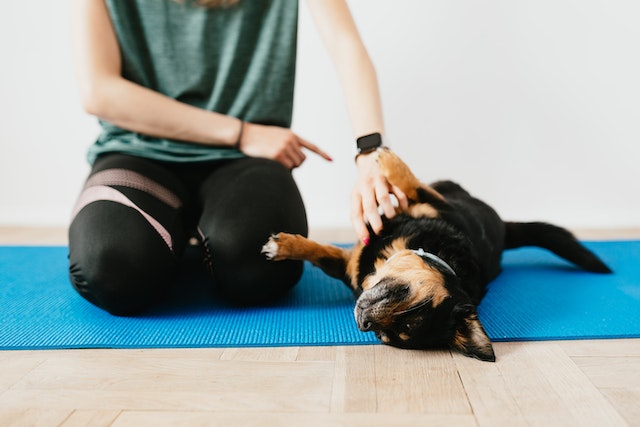Dog training tips for beginners

Best and Easy Ways to Train Your Dog (Complete Guide)
Preliminary Preparation
- Choose a dog based on your lifestyle.
Each dog has a different temperament, and not all dogs are suitable for everyone. If you want a dog for relaxation, avoid getting a Jack Russell Terrier. If you want a dog that can lounge on the couch with you all day, a Bulldog would be a better choice. Before getting a dog, do some research and seek advice from other dog lovers. - Don’t make impulsive decisions when getting a dog.
Choose a dog based on your actual circumstances. Don’t get a high-energy dog just because you want to force yourself into a healthy lifestyle. If the dog you choose will significantly change your daily routine, it is advisable to consider other breeds. - Help your dog remember its name and maintain focus during training. Give it a clear and loud name with no more than two syllables. Call its name as much as possible during playtime, training, or whenever you need to get its attention. If the dog looks at you when you call its name, it means it has remembered it.
- Dogs, like children, have short attention spans and can easily get bored. Therefore, training should be done several times a day, with each session lasting 15-20 minutes. Develop a good training routine and also pay attention to your dog outside of training sessions.
- Be mentally prepared.
When training your dog, maintain a calm and rational attitude. The purpose of training is to reinforce good habits and discourage bad ones. In reality, raising a well-trained dog requires determination and belief. - Prepare the necessary training equipment.
A leash of about two meters, along with a collar or harness, is basic equipment. For puppies, not much is needed, but larger dogs may require a collar or leash to focus their attention during certain times.
Remembering Basic Training Guidelines
- Training is not always smooth sailing, so don’t get discouraged or blame your dog when facing setbacks. Encourage them more and build their confidence and learning abilities. If you’re emotionally charged, your dog may develop a fear response towards you.
- Different dogs have different temperaments. Different breeds learn at different speeds and in different ways. Some dogs may be more stubborn and constantly challenge you, while others are very gentle and try their best to please their owners.
- Rewards must be timely and accurate. Do not let your dog associate the reward with other incorrect behaviours. For example, if you are teaching your dog to “sit,” it may indeed sit down, but if you reward it when it’s already standing up, it will think that the reward is for standing, not sitting.
Check out our latest posts
Best Dog-Friendly Cafés in Melbourne in 2024
Want to bring your dog to a café? Let them enjoy some …
Top Brisbane Off-Leash Dog Beaches
After moving to Brisbane, we've spent a lot of time exploring the …
